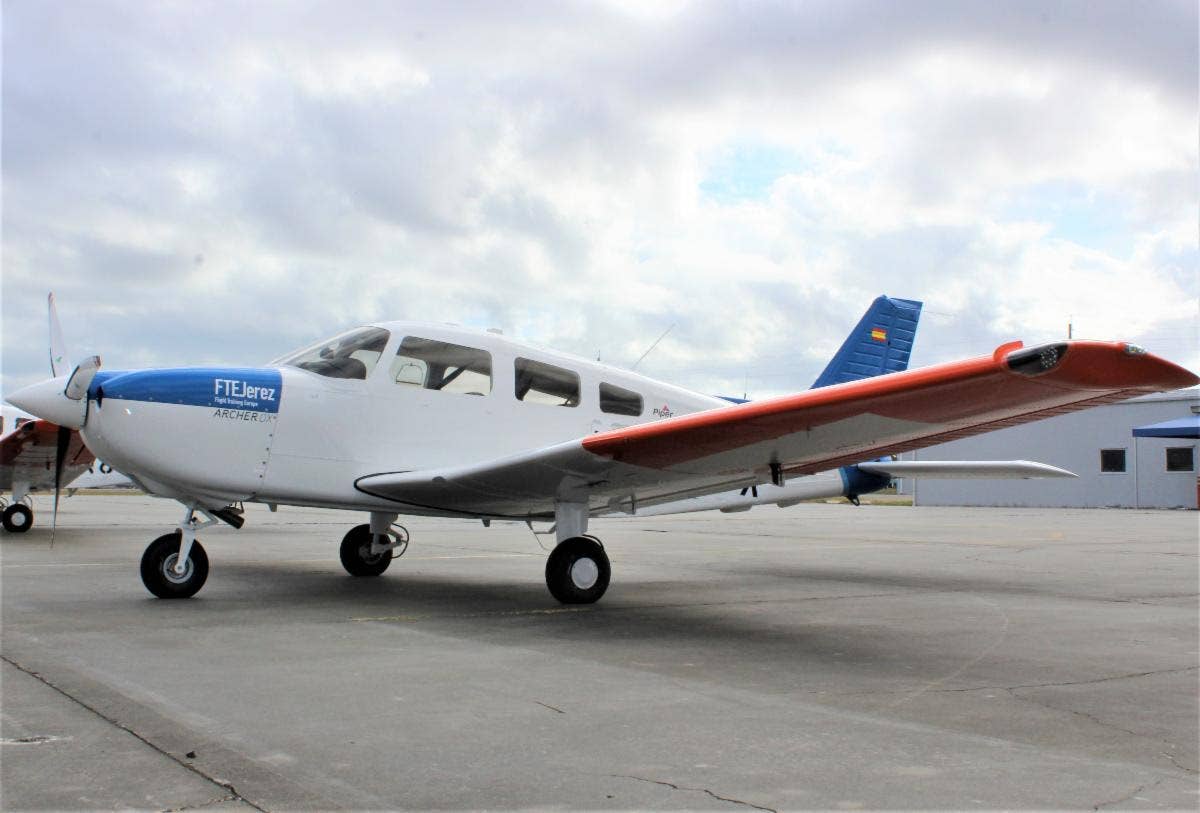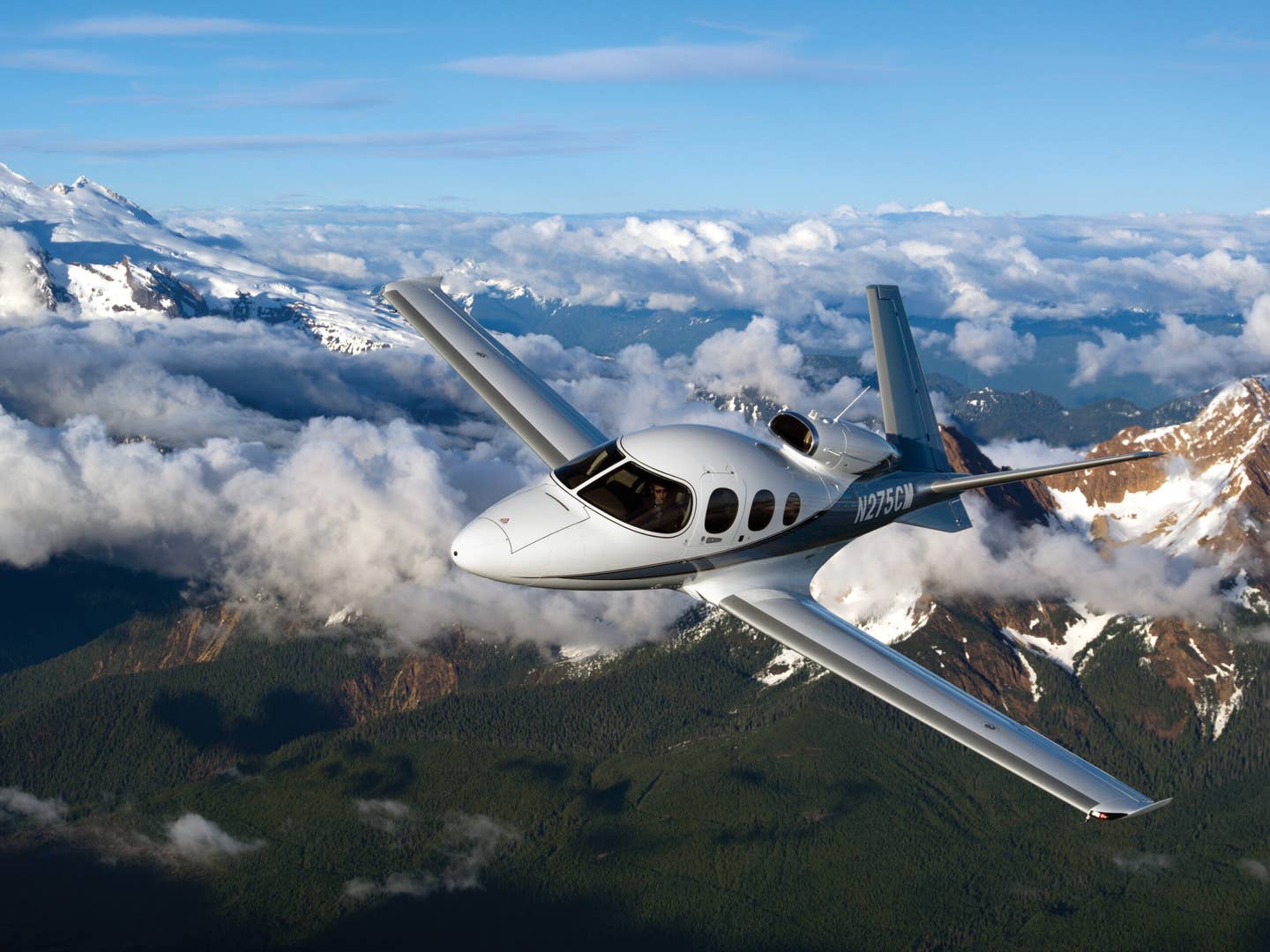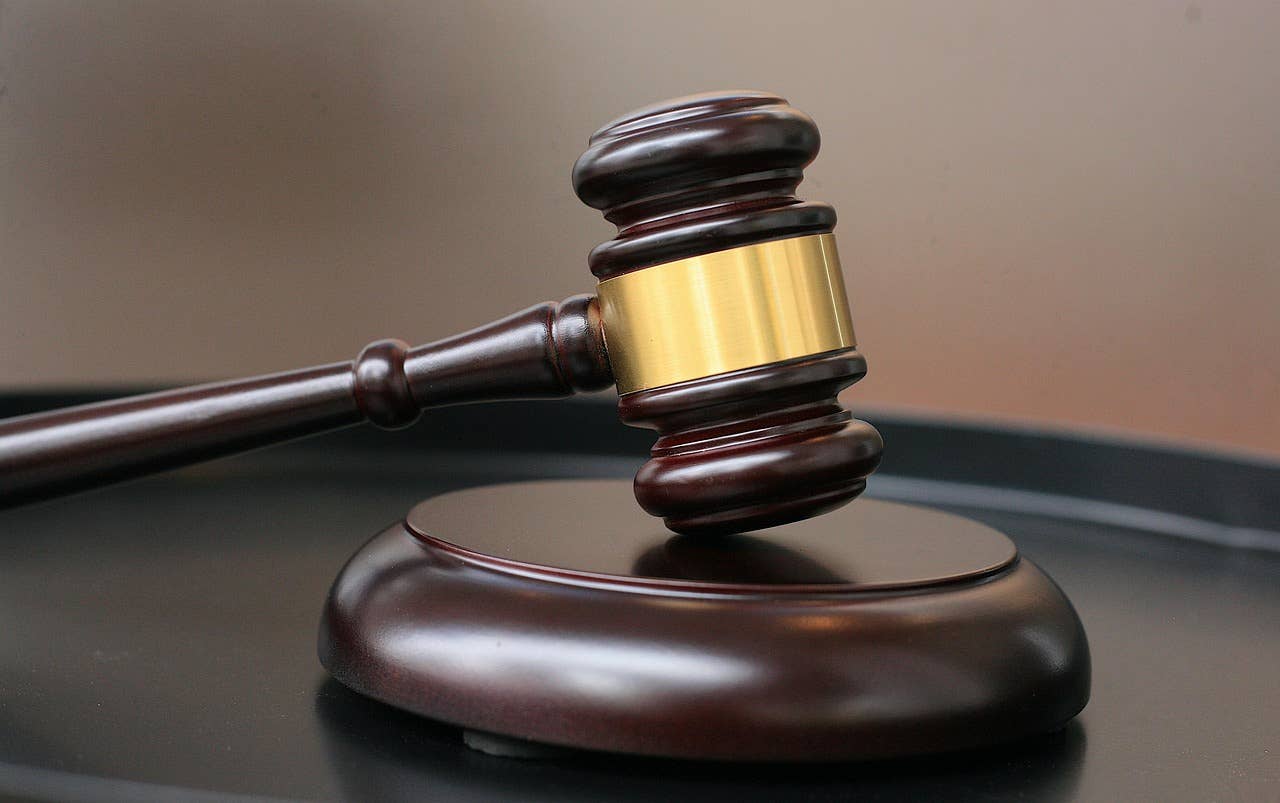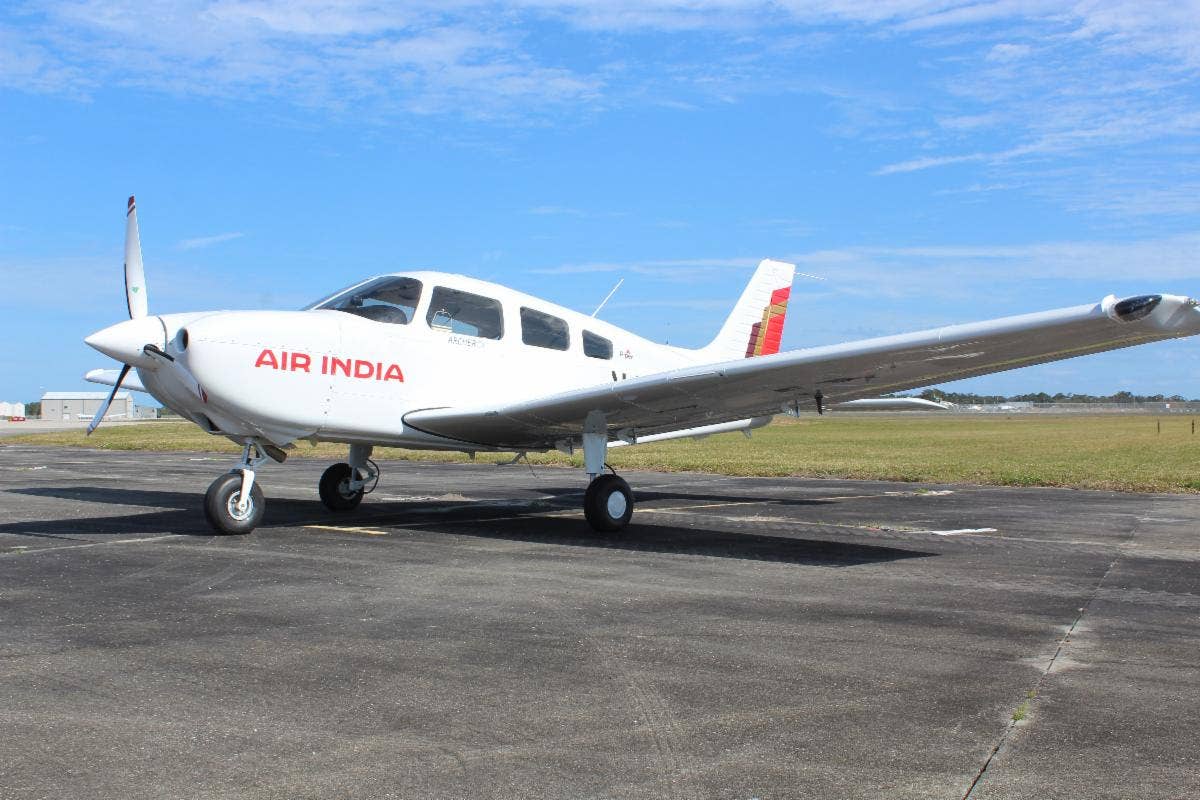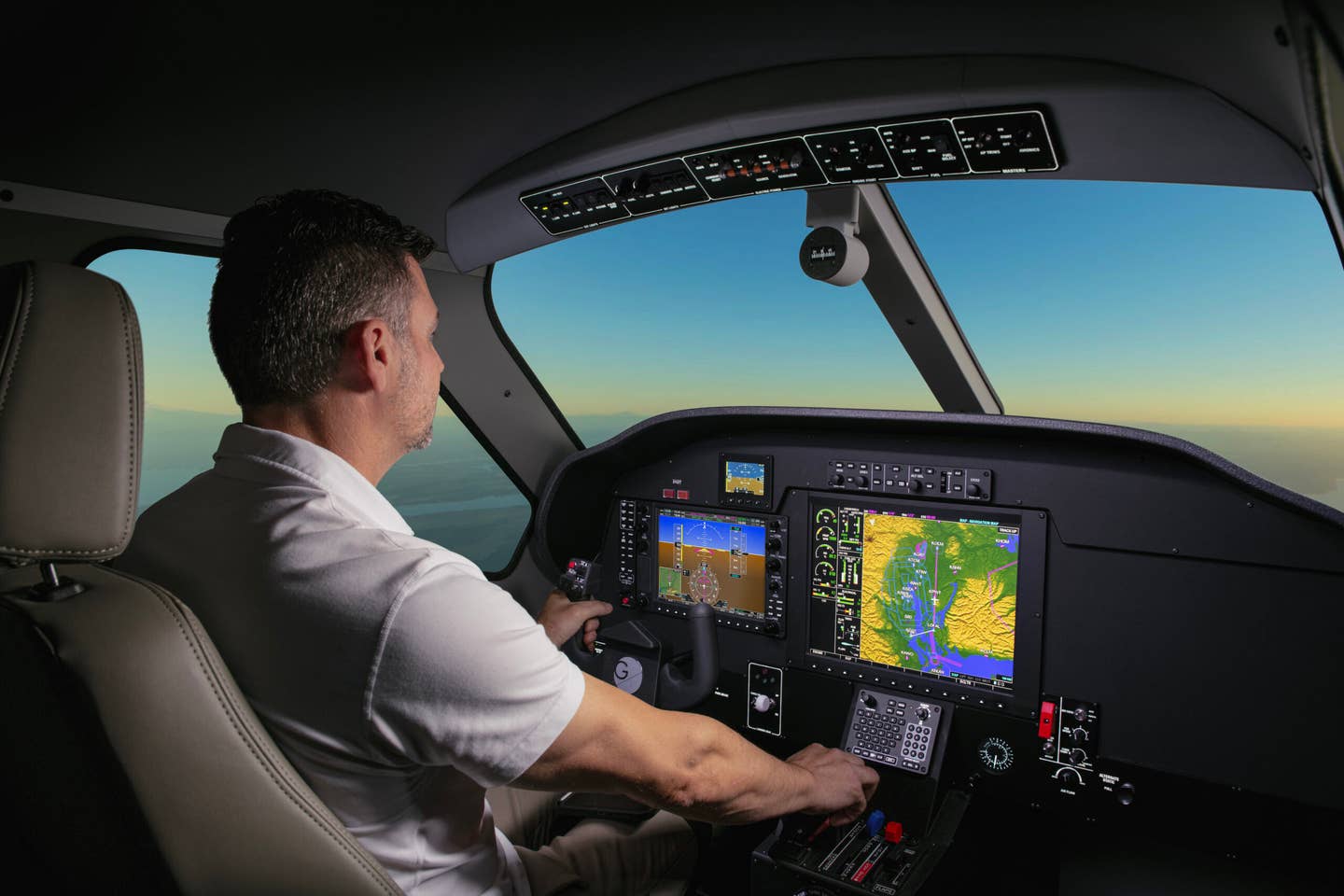
Illustration by Chris Gall
Every time you train for a new pilot rating you’re faced with a check ride — an event that can cause the blood pressure to rise even in the best of pilots. After being grilled for hours about your knowledge pertaining to the rating you’re attempting to achieve, you’re expected to perform precision maneuvers under the watchful eye of an experienced pilot examiner. The only way you will pass is by studying the material and practicing the maneuvers, but there are a few additional things you can do to reduce your stress level and increase your chances of passing your test on the first try.
The Check Ride Bible
First you need to realize that your examiner must abide by certain rules. The examiner's check ride bible is called the Practical Test Standards, or PTS for short. All pilot ratings, from the Sport Pilot through the ATP certificate, have PTS documents, and your instructor should introduce you to the applicable PTS at some point during your training. Although these books are thin, they contain all the information that you need to pass your check ride. The examiner can test only components that are contained within the applicable PTS, and you can challenge the examiner if he or she is attempting to test you on something that is not included.
As you browse through the PTS, you may think that the Areas of Operation and Tasks contained within each area are the only parts you need to read. But you should study the PTS from cover to cover because the introductory pages contain critical information too. One very important section of the PTS is called Special Emphasis Areas. The components within this section vary depending on the rating, but the reason it is critical to read and understand these components is because, according to the PTS, they are “essential to flight safety and will be evaluated during the practical test.” Note that they will be evaluated, so if you expect to pass your flight test you will have to know and understand these items.
The introductory section also highlights what constitutes satisfactory and unsatisfactory performance, and other areas of focus that you are expected to perform such as the use of checklists.
Complete a Mock Test Flight
To ensure that you are ready for your test, have your instructor conduct one or more mock check rides. It is possible that the examiner has a pattern for the flight test with which your instructor is familiar. Knowing the order and where the maneuvers are generally conducted, and where any diversions are likely to happen, will put you at ease once you are in the airplane with the examiner. Like anything that requires a lot of skill, practice makes perfect.
During your mock test flights, you should do all the required maneuvers while making sure that your instructor says nothing to help you until the flight is over and it’s time to debrief. You may actually have to take charge of this very important part of your flight training since it is very challenging for instructors to stop instructing and start evaluating.
Pat Carey, co-owner of Beach Cities Aviation in Hawthorne, California, who works as a flight instructor and designated pilot examiner, once had an applicant for an instrument certificate who didn't even get off the ground during his flight test.
“Somehow the instructor had helped him with everything to the point where he had never been evaluated to see if he could copy a clearance on the ground from ground control. So obviously he couldn’t pass the flight test,” Carey says.
In addition to preventing this type of embarrassing situation, a mock check ride also prepares you for the silence in the cockpit during your exam. During your flight training, you get used to hearing your instructor constantly telling you what to do, so a quiet examiner may intimidate you if you don’t have a chance to practice under those conditions. Instead, the silence should be calming.
“Silence is a good thing,” Carey says. “If I’m not saying anything, everything is going right.”
In addition to conducting one or several mock test flights, you should find out as much as you can about the personality of your examiner. Carey, who was my examiner for the most difficult check ride I ever took — the initial CFI test — has a habit of leaning back in his chair and rolling his big blue eyes back into their sockets. Whether this behavior is intentional or not, it can be quite intimidating to a CFI candidate as he or she is attempting to teach complex concepts from a lesson plan. I was forewarned of the eye rolling, so when it happened it was an expected behavior that made me smile rather than creating an increased level of stress.
The Equipment
Organization is key to being a successful pilot. Make sure that you have all the documents and equipment you need for your check ride. Again, the PTS is a great help. There is a section called Aircraft and Equipment Required for the Practical Test that breaks down some of the details, and most PTS documents include a comprehensive checklist that covers the items you need to bring, including the check for the examiner.
Some equipment may or may not be acceptable to your examiner. For example, an iPad may not be allowed on the flight test, so check long before the exam to make sure that you have time to practice using the type of equipment that is acceptable to your examiner.
And don’t rely too heavily on available cockpit technology. Even if you have a GPS in the airplane, your examiner may require you to fly strictly by dead reckoning while evaluating your cross-country skills.
“I can only fail one thing,” Carey says. “If you have a Garmin G1000 airplane and I’ve failed the PFD and you push that little red button and it all goes over to the MFD, I can’t do any more to you.” And while a full G1000 failure would most likely be acceptable cause to discontinue the flight test, Carey recommends that you come prepared to fly with both the PFD and MFD failed. “I’ve had that happen, believe it or not,” he says.
Know Your Airplane
The most important piece of equipment is, of course, the airplane in which you will take your check ride. Flying an airplane that you are intimately familiar with will greatly reduce your stress level. If you're renting the airplane in which you are going to get tested and you haven't looked at the maintenance manuals for a while, request to see them a week or two before the test. You may even want to mark the pages to make it easier to find each entry since the examiner will likely want to see them.
Make sure that all the maintenance requirements are current, such as the annual inspection and the transponder, ELT and pitot-static system checks. If you are using a GPS, make sure the database is up to date, and, for the instrument ride, make sure there is a recent VOR check.
Also, for rentals, make sure the airplane is not getting too close to the 100-hour inspection. Dave So, who recently became a private pilot, knew the airplane was getting close to the 100-hour inspection. Unfortunately, “on the day of the check ride we checked and somebody had taken the airplane out the day before, leaving only 0.7 hours. So we weren’t able to fly it.”
Dave was fortunate that there was another Cessna 172 available, but it was a different year model with slightly different speeds. While Dave was able to complete the flight test successfully, he could have saved himself a lot of stress by requesting either that the airplane be held or that the 100-hour be done prior to his check ride date.
Personality Check
You can't expect to become best friends with your examiner, but you need to make sure that your personalities are not like oil and water.
“There is a pre-brief that the examiner has to go through,” Carey says. “The test has not begun yet. If there is any indication at that point that you’re going to have trouble with that examiner, that’s when you need to discontinue the flight test.”
So if you feel that the examiner will stress you out beyond belief or you get an indication that he or she will treat you unfairly for whatever reason (perhaps there is a gender, race or sexual orientation issue), I would highly recommend finding a different examiner.
But from my experience, flight test examiners are very fair. And contrary to what some people may think, “the FAA does not stand over me and tell me ‘you have to fail 10 percent’ or ‘you have to fail 20 percent,’” Carey says. Since 1990, when Carey started conducting FAA flight tests, he has averaged between 100 and 150 check rides per year, and his pass rate has been between 76 and 79 percent.
You also need to realize that, while the examiner can ask you to repeat a maneuver if he or she is unsure whether you performed within the PTS standards, you can’t request to repeat a maneuver or performance landing that goes awry. But there is one trick up your sleeve that may come in handy for your performance landings. If, for any reason, you feel that you won’t touch down within your parameters, go around! Carey says this is completely acceptable, even encouraged.
But there are limits.
“If you can’t do it in three attempts then the examiner has to assume you’re really not well enough prepared,” Carey says.
What's the Focus?
The flight test for each rating has its own intricacies, so it helps to find out what the examiner is looking for. Most examiners are happy to discuss this with you or your instructor. And there are some broad tips that should be considered. For example, for the instrument flight test, accuracy is more important than smoothness.
"You need to be on altitude; you need to have the needles crossed on the approach; when you get to the decision altitude you need to know what you're supposed to do at decision altitude, and if you have to do a little bit of jerking to get that accuracy go ahead, I don't care," Carey says. "For some of the flight tests, such as the commercial flight test, smoothness is as important as accuracy."
Also, the flight test is based on information in the pilot knowledge books published by the FAA. This is particularly important to realize when you’re taking your CFI flight test. The bottom line is, you can’t go wrong if you’re restating the information published by the FAA.
But the main foundation for passing your check ride is to fly with a good instructor. Getting the basics right from the beginning goes a long way toward passing any check ride.
“If you don’t have an instructor who is creating good habit patterns and good general aviation knowledge, then you’re going to be behind on every flight test you take for the rest of your life,” Carey says. “That first foundation for the private pilot flight test is so important.”
As an example, Carey recommends going over items of importance such as weight and balance and weather before each flight. That way, when it comes to the flight test, it’s a piece of cake.

Sign-up for newsletters & special offers!
Get the latest FLYING stories & special offers delivered directly to your inbox

